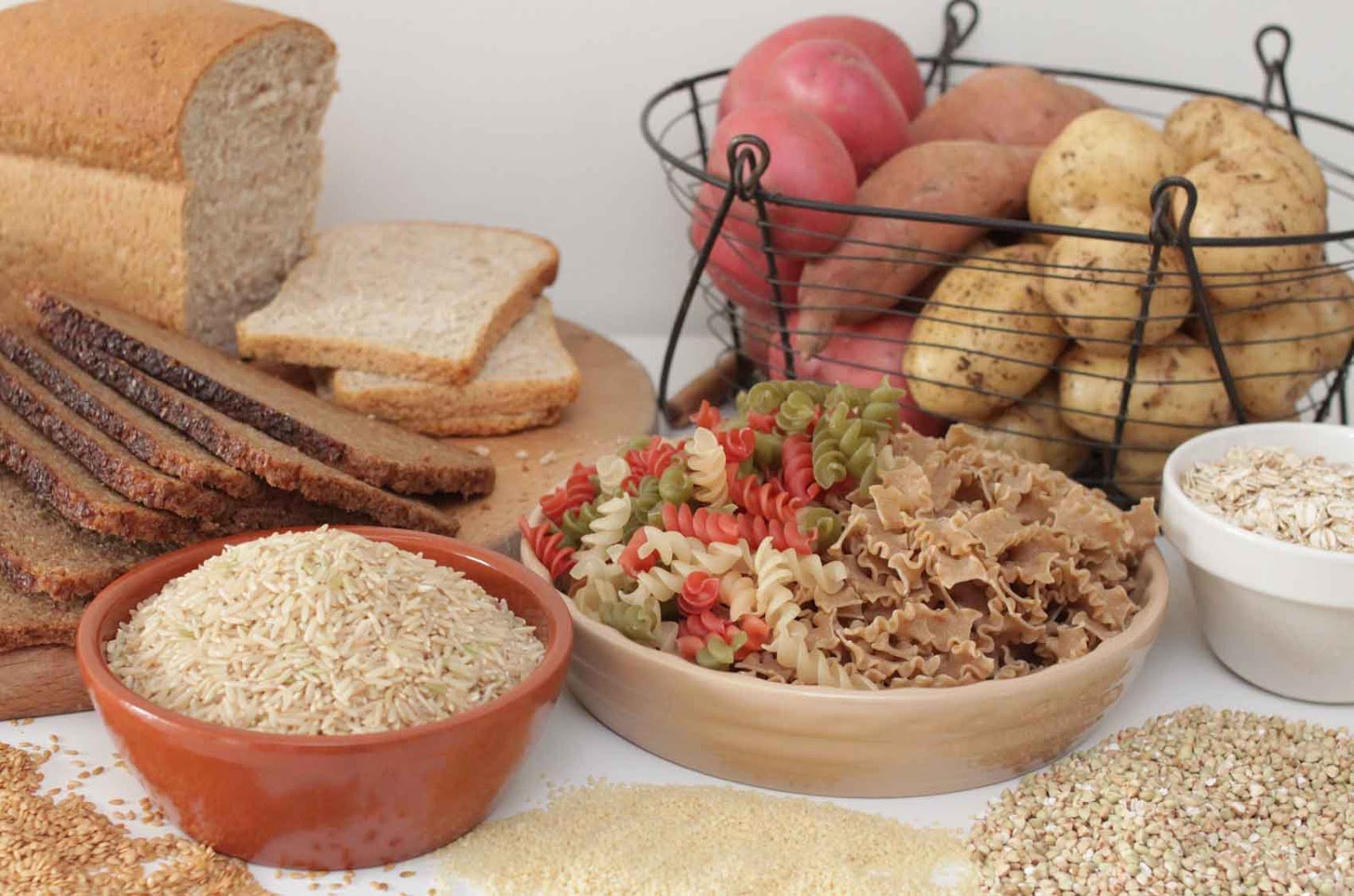Carbohydrates are one of the main nutrients present in all meals. They are the major food group that supplies the body with energy. Thus, carbs are so important for physical activities. Carbohydrates foods are basically classified as sugars, starch, and fibers. Each of them has a wide variety, giving endless options on the dining table.
The digestive system breaks down the carbs into their finest building unit, glucose. Afterward, glucose, the blood sugar, with the aid of a transporting system goes to the bloodstream and circulates with blood. With the help of insulin, glucose enters the cells to give them energy, hence making the body organs more active.
Although the tissues can use fats and proteins as energy sources, Glucose is the only energy source for the brain cells and red blood cells. Energy is essential for running the body functions properly. The liver and muscles store the extra glucose units in the form of a complex compound called glycogen. The liver and muscles make and store glycogen to be a long-term energy source. Thereby, upon need, the liver and muscles break down the glycogen to release glucose into the bloodstream.

Carbohydrates Foods: Simple and Complex
Depending on their structures, carbohydrates foods are either simple or complex. The simple carbs include the sugars found naturally in the fruits, vegetables, milk, and dairy products. Also, the refined sugar (table sugar) and the sugar in food products are simple carbs. The refined sugar is known as sucrose which is the combination of glucose and fructose.
The complex carbohydrates include whole-grain bread and cereals, legumes, and starchy veggies. Often, complex carbohydrates are good sources of fibers. The fiber comes only from the edible plants. Besides, the fiber is effective for relieving constipation because it increases the bowel movement. Food products and beverages with sugar like chocolate and soda are the worst sources of carbs. They much increase the liability to be obese. Instead, eat carbs of natural origin such as the legumes, vegetables, fruits, and whole grains.

Infographic Source: Fix.com Blog

Leave a Reply